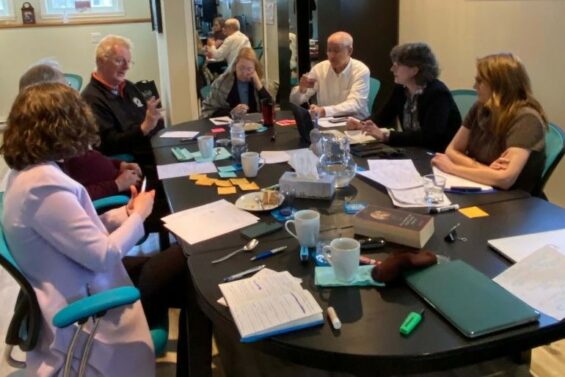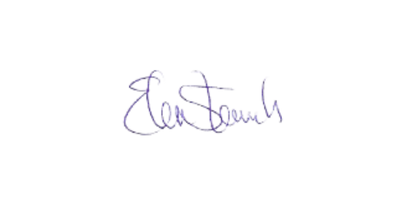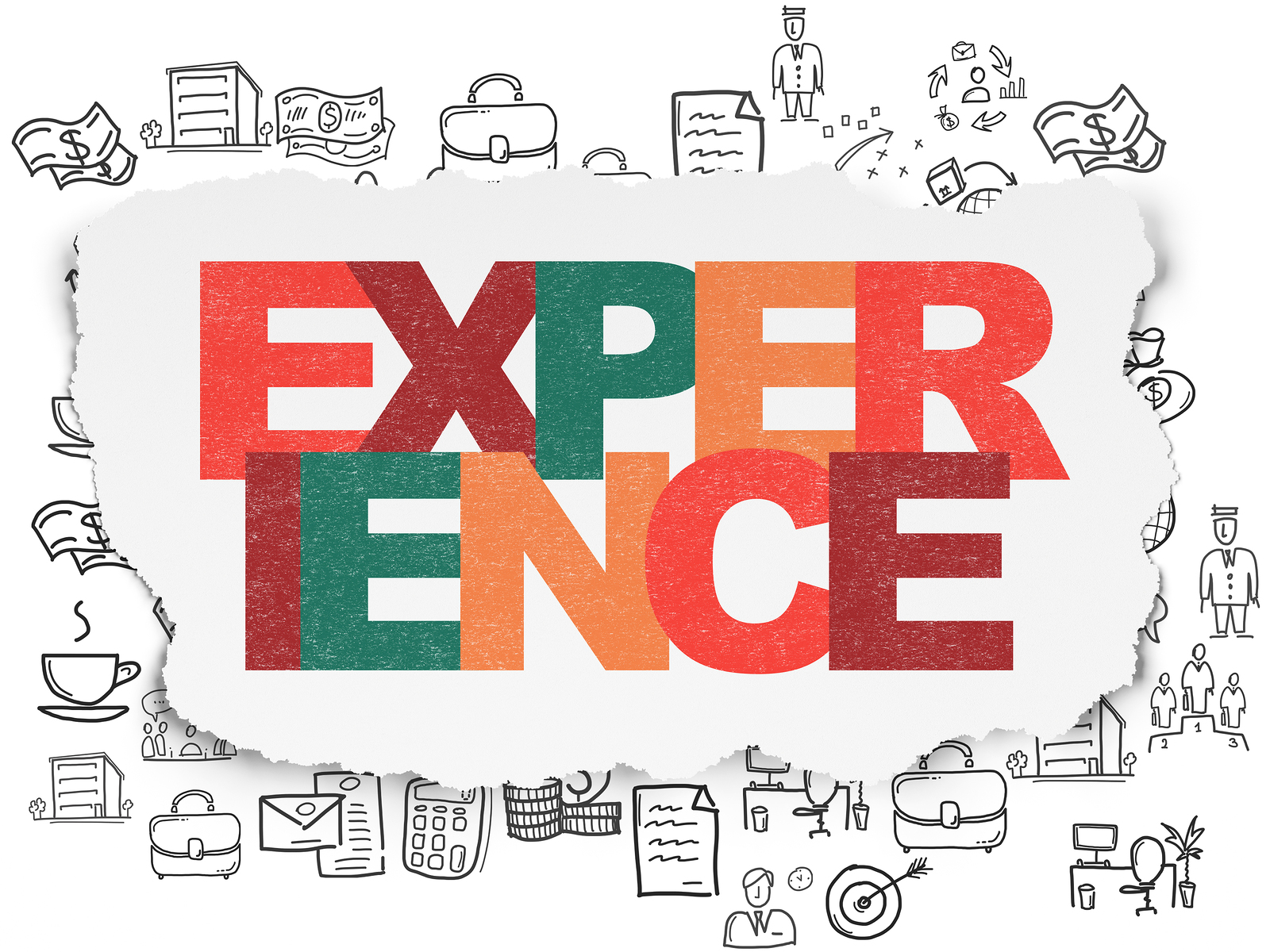Co-creation in business: a powerful solution!

How can co-creation in your business make a difference?
How can a company create a sustainable competitive advantage over time?
Often, the secret lies in the fact that it uses collaborative work better than others. Innovative companies often use collaborative techniques such as brainstorming and design thinking.
Is it possible to develop these skills and maximize the collective intelligence of your internal resources?
At Maïeutyk, we believe that it’s possible, but it’s all about the approach and methodology used.
To correctly identify problems and find solutions, it is essential to learn what co-creation is and how you can nurture it internally.
Why do you need to co-create?
Traditional dictionaries have not yet incorporated an official definition of co-creation, but the concept is not new. It was developed by Professors Prahalad and Ramaswamy of the University of Michigan in the early 2000s. Their idea of co-creation results from several years of research culminating in the book they co-wrote entitled The Power of Co-creation.
The book’s premise is simple: in a digitally transformed society, customers are no longer passive. Instead, they are informed and exchange information about products and services and all their interactions with a company.
As a result, companies can no longer “push” products to market instead, they must:
Work on all customer interactions (the customer experience)
Involve customers in the design of this experience by opening up co-creation platforms for them
Maïeutyk addresses this topic in-depth and with concrete examples in our conference on consumer 3.0. If you would like to have this conference in your business or organization, do not hesitate to contact us and we will be happy to discuss the benefits.
The benefits of co-creation are not only limited to the development of new products but apply to all aspects of strategic business growth and development! Whether it’s through customer or employee involvement, co-creation opens the doors to innovation, allowing companies to be more collaborative and improve their overall levels of competitiveness.
Co-creation, collaboration, and teamwork. How do these concepts differ?
To better understand the complementarity and power of co-creation, let’s explore the concepts of collaboration and teamwork.
Collaboration
According to the Larousse dictionary, collaboration is “the act of collaborating with someone else on something,” and it’s defined as “working with others on a common work .” In other words, collaboration is working or thinking together to achieve a common goal.
Teamwork
On the other hand, teamwork relies on coordination to achieve maximum productivity. In teamwork, team members work in the same direction to achieve the desired objective according to a predetermined scenario.
As for co-creation, it usually brings together professionals with divergent skills to combine their ideas to achieve a common goal that could not be achieved by relying on a single set of skills or points of view.
In addition, co-creation uses different techniques and a creative process to generate meaningful results allowing for fast innovation opportunities. Unlike teamwork, which operates most effectively with established procedures (think of a field hockey or soccer team that has practiced specific strategies), co-creation thrives in an environment where creativity is the order. Finally, co-creation reaches its full potential through the clash of perspectives, a free exchange of ideas and points of view using active listening and dialogue between collaborators. These elements strengthen the team’s collective ability to solve problems and fuel business innovation.
What are the benefits of co-creation in business?
At Maïeutyk, we have developed a rigorous and integrated approach based on the concepts of Lean Six Sigma. We believe that innovation, creativity, and synergy are achieved when a group of people meet and unite their collective energy to find new ideas for current problems.
This is why we use an approach called Kaizen (fusion of two Japanese words: “Kai” meaning change and “Zen” meaning better) to define strategies and involve team members.
Creation and innovation are the most common benefits of co-creation in business. To these can be added:
Skill transfert between participants
Exploitation of the collective intelligence that would not have existed without this collaborative space
The ability to implement change due to a sense of ownership of the project.
What are the characteristics of an effective co-creation space in business?
According to Maïeutyk, four essential points form the basis of an effective co-creation space where all participants can exchange freely. These four points are the incubators of co-creation:
- A clear goal
- An open mind
- A capacity for dialogue
- Absolute trust
A clear goal
For co-creation to work, it is essential to define the problem and the objective of the co-creation intervention from the start. A clear objective directs the efforts of each collaborator in the same direction. The objectives must be expressed in a shared vision rather than blaming or finger pointing.
For example, if the goal is to improve customer service in your company, it would be risky to define it because your customer service department would feel in the crosshairs and, therefore, defensive during a co-creation workshop.
A clear focus on continuous improvement of the customer experience would be more appropriate. All teams working together would have one common goal: improving the overall customer experience. This avoids the problems of interdepartmental conflict.
An open mind
Co-creation cannot exist without an open mind.
Open-mindedness is a state of mind where a person, or a group of people, shows great tolerance, interest, curiosity, and understanding for ideas that differ in part or whole from their own.
Some people are naturally more open-minded than others. However, with a common goal that rallies a group, a well-framed environment and an experienced facilitator, everyone’s strengths can be harnessed in a co-creation workshop.
An open dialogue
Dialogue is the essence of any co-creation exercise. Without dialogue, there is no exchange of ideas, no questioning, no challenging, and no listening. In a successful co-creation exercise, all participants must be able to express their views and listen to others to generate new ideas. It is important to note that we use the term dialogue instead of communication here because it evokes two-way discussion better.
Absolute trust
According to Simon Sinek, in his book Together is Better: A little book of inspiration.
“A team is not a group of people who work together, a team is a group of people who trust each other.”
No one feels comfortable expressing their views if they think they’ll be judged. It is therefore essential that a climate of trust exists and is respected. Furthermore, since the goal of co-creation is to challenge perspectives and preconceptions to reach new heights, it’s vital that everyone feels comfortable asking and answering questions.
This is the primary role of a workshop facilitator. At Maïeutyk, our facilitators have been trained on best practices to create a climate of trust during our co-creation workshops.
How do you encourage co-creation in your business?
Finally, how can you put into practice the concepts discussed in the previous paragraphs? For example, how can you define clear objectives, foster an open mind setting, facilitate dialogue and build trust?
Definitely, not a simple question to answer! Effective and winning collaboration cannot be achieved during a 15-minute coffee break on a Tuesday morning or simply by sharing a document on Google Drive!
With the pandemic, collaborative tools are widespread and on the rise but these tools, by themselves, are not the ultimate solution. It is critical to get the people together, engage them in dialogue, and listen creatively. You have to take the time, and you have to invest in your internal talents…
Our solution: one or more co-creation workshops facilitated by an external and neutral person. The role of a facilitator is to create a space of trust and enforce all the crucial elements for an efficient and successful co-creation workshop.
In conclusion, whether you are looking to innovate, revise your corporate values, position your brand or solve an internal communication problem, co-creation workshops are a great option. Through co-creation workshops, your teams are involved right from the beginning of the process, promoting ownership and commitment to the solution or innovations that will result from this approach.

Share

